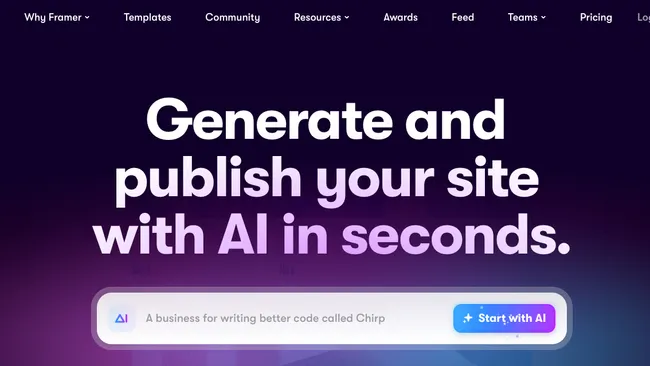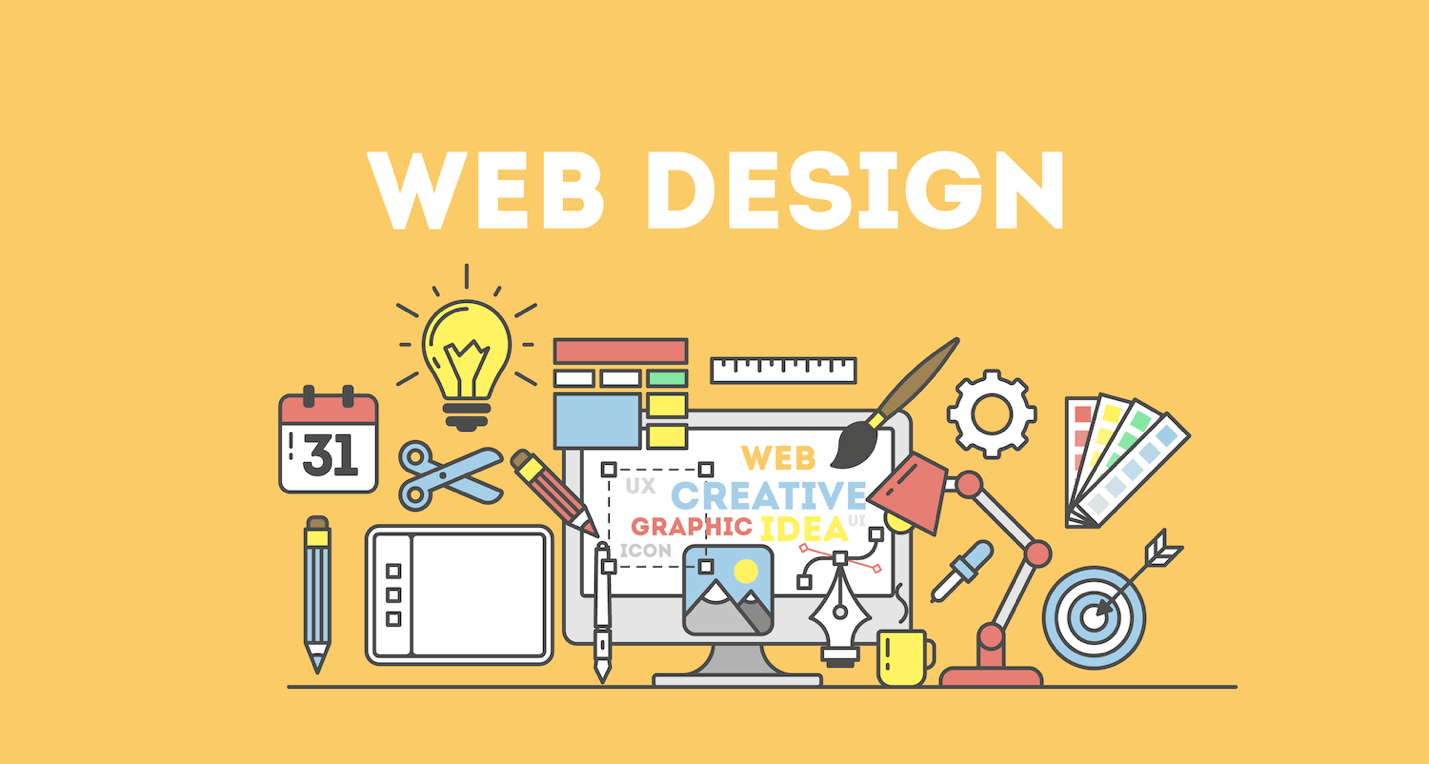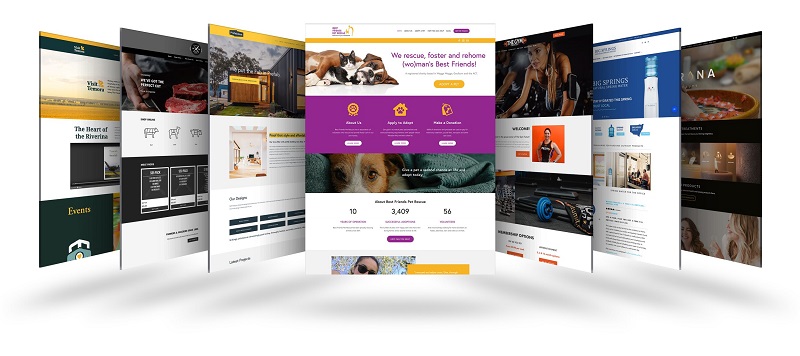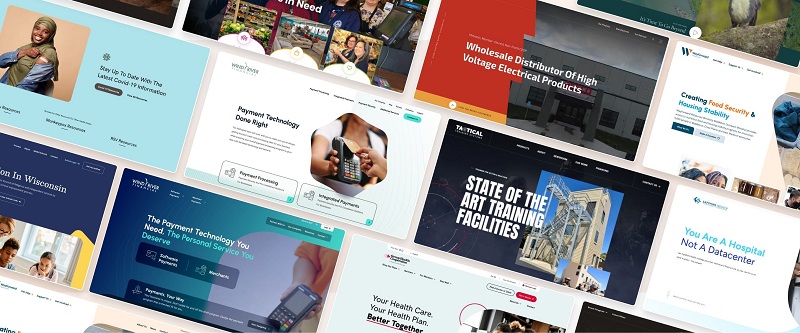A career in web design can be rewarding, offering flexibility and creative freedom. However, despite the numerous opportunities available, there are a variety of challenges that every web designer will inevitably face. Whether you’re just starting out or already an established designer, identifying and addressing these obstacles is key to advancing in your career.
Below are the most common obstacles faced by web designers, along with strategies to overcome them:
1. Unclear and Vague Instructions
One of the biggest challenges web designers face is working with clients who struggle to communicate their expectations. Clients may not have a deep understanding of web design and may offer vague or conflicting ideas about what they want. This can make it difficult to deliver a final product that satisfies them.
How to Overcome It:
- Ask Clear, Specific Questions: Instead of accepting vague feedback, ask for detailed descriptions. For example, ask what features they find appealing in other websites or how they define an “eye-catching” design.
- Create Mockups: Present early-stage mockups to ensure you and the client are aligned before moving forward.
- Set Expectations: Be clear about what can be achieved within the budget and timeframe, and ensure you have a shared vision of the project’s goals.
Clear communication and understanding the client’s true needs can save you from rework and frustration.
2. Shoestring Budgets
Many clients expect high-quality designs but have limited budgets, which is particularly common for freelancers. While it’s tempting to take on projects with insufficient compensation, this can lead to burnout and dissatisfaction.
How to Overcome It:
- Offer Tiered Pricing: Present multiple pricing packages based on features and complexity. This gives the client flexibility and helps them select the best option for their budget.
- Communicate Value: Explain the importance of investing in quality design. Help clients understand that a well-designed website is an investment that can yield higher returns over time.
- Know When to Say No: If a project doesn’t fit your pricing structure or the budget is too low, politely decline or offer to revisit the project at a later time.
Establishing boundaries around pricing and service offerings is vital to maintaining a sustainable career.
3. Misleading Instructions
Clients sometimes provide input that is uninformed or unrealistic. For instance, they may request an inappropriate design choice (such as using a font like Comic Sans for a professional website). Following these misguided suggestions can lead to disappointment and wasted time.
How to Overcome It:
- Educate the Client: Explain why certain design choices are unsuitable and back it up with research or examples. Clients may not always understand the reasoning behind design best practices.
- Lead the Project: Use your expertise to make decisions that align with industry standards, ensuring the design is both functional and visually appealing.
- Set Expectations Early: Establish your authority as a designer from the outset by clearly outlining what’s possible and advisable within the scope of the project.
By managing client expectations and educating them when necessary, you can avoid unnecessary revisions and ensure the project stays on track.
4. Unrealistic Deadlines
Clients sometimes expect a fast turnaround on a website design, without considering the time and effort it takes to create a polished product. Unrealistic deadlines can lead to rushed work, which often results in poor quality and unnecessary stress.
How to Overcome It:
- Communicate the Timeframe: Be upfront about how much time you need to complete the project. Break down tasks and estimate how long each phase will take to complete.
- Negotiate Deadlines: If the deadline is unrealistic, explain why and negotiate a more reasonable timeline.
- Prioritize Tasks: When under tight deadlines, focus on delivering the most critical features first and then refine the design in stages.
Setting realistic deadlines from the start ensures you have enough time to deliver a quality product without compromising your well-being.
5. No Clear Direction For Goals
Sometimes clients want to redesign their website but have no clear vision of what they want to achieve. They may not know whether they want to improve SEO, enhance user experience, or simply refresh the design.
How to Overcome It:
- Have Thorough Discussions: Ask probing questions to understand their objectives. Do they want to drive more traffic? Improve conversion rates? Or is it just an aesthetic update?
- Set Clear Goals: Help the client define specific, measurable goals. For example, if they want to increase conversions, identify how the design can contribute to that goal (e.g., improving call-to-action buttons, simplifying navigation).
- Align Design with Strategy: Ensure the website design aligns with the client’s goals, whether it’s better SEO, improved user experience, or a more visually appealing layout.
Clarifying the project’s goals from the beginning helps ensure that the design is effective and purposeful.
Obstacles Web Designers Must Avoid To Excel
As you progress in your web design career, there are common pitfalls that could hinder your growth. By identifying and addressing these obstacles, you can build a successful and sustainable career.
1. Failing to Stay Updated with Trends
Web design is an ever-evolving field, and staying up to date with the latest trends and technologies is essential to remain competitive. Failing to do so can result in outdated designs that don’t meet user expectations.
How to Overcome It:
- Continuous Learning: Invest in courses, attend conferences, and stay active in the design community to learn about emerging trends.
- Experiment: Regularly experiment with new design tools and techniques to expand your skillset.
2. Neglecting Client Relationships
Building strong, long-term relationships with clients is key to growing your business. Neglecting communication or not addressing client concerns can lead to dissatisfaction and lost opportunities.
How to Overcome It:
- Communicate Regularly: Keep clients updated on the progress of the project and address any concerns as they arise.
- Offer Support: Provide post-launch support to ensure the client is satisfied with the final product.
3. Not Investing in Your Portfolio
A strong portfolio is your best marketing tool. Failing to regularly update your portfolio or showcase your best work can limit your ability to attract new clients.
How to Overcome It:
- Update Regularly: Ensure your portfolio reflects your latest and best work, showcasing a variety of skills and styles.
- Include Case Studies: Highlight the results of your work, such as increased conversions or improved user engagement, to demonstrate the value you bring.
Conclusion
Navigating a successful web design career requires more than just technical skills. Identifying and addressing the obstacles along the way—such as unclear instructions, budget constraints, and unrealistic deadlines—can significantly enhance your career trajectory. By staying updated with trends, maintaining strong client relationships, and investing in your portfolio, you can continue to thrive in the competitive world of web design.




